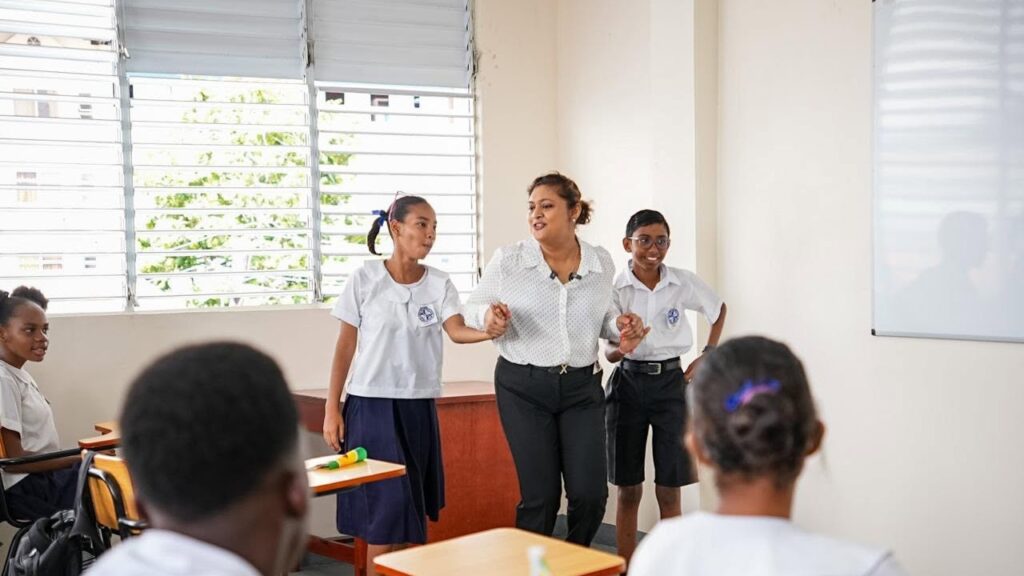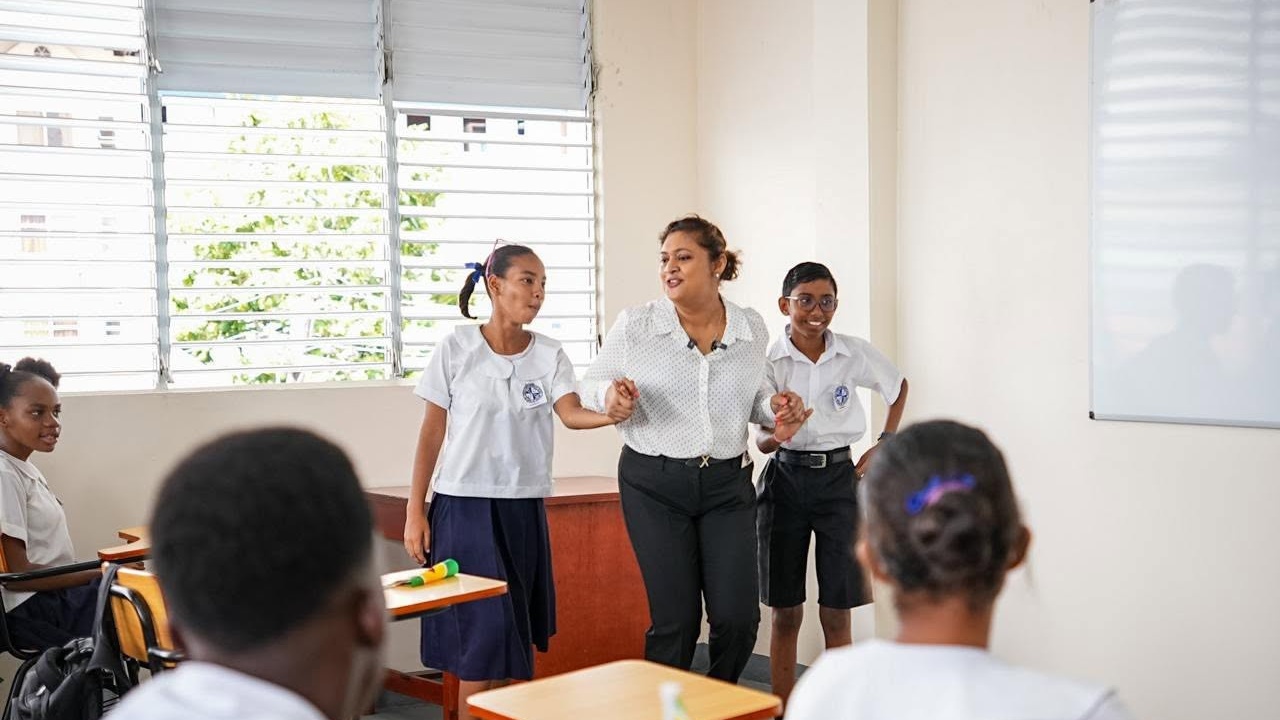By 2026, the Government of Guyana will completely eliminate the use of “primary tops,” ensuring that every child across the country has access to quality education within their communities. This initiative was announced by Minister of Education Priya Manickchand.

The term “primary tops” refers to a long-standing, substandard educational arrangement where students who pass their National Grade Six Assessment (NGSA) but lack access to nearby secondary schools receive secondary-level instruction in their former primary schools, often taught by untrained teachers.
In 2020, there were 1,278 children in primary tops. Minister Manickchand reported a significant reduction, stating, “We moved from placing 1,278 children in a primary top to today’s 267, and by 2026, that will be zero, because the schools we are currently constructing will be finished.”
Highlighting the inadequate conditions of these setups, she remarked, “If you’re from the hinterland, the East Bank, or Region Three, you know what a primary top is. It’s not optimal education.”
To address this issue, the government is constructing 39 new secondary schools across the country, particularly in Regions One to Georgetown, with emphasis on regions where access has been limited. Of these, 22 schools are located in the hinterland regions, including Regions One, Seven, Eight, and Nine.
“In 1992, there were only three secondary schools in the hinterland. By 2015, that number grew to 13. Between 2015 and 2020, not a single secondary school was built. We’ve changed that,” Manickchand stated.
In Region One, five secondary schools are under construction, with one completed and another set for completion by the end of June. Other schools in Regions Seven, Eight, and Nine are also underway, aiming to serve students in remote areas.
Manickchand emphasized that this expansion is about more than infrastructure; it aims to transform the educational landscape by ensuring quality secondary education is available throughout the country. “It’s no longer going to be about whether you got into a secondary school on the coast. It’s about how well your school in the village is doing,” she asserted.
This year, children from hinterland regions have excelled in their NGSA, achieving top placements in the country. In response to inquiries about comparing performance between coastal and hinterland schools, the minister confirmed that such data is being compiled for future reports.
As the government works to bridge the educational gap between urban and rural areas, Manickchand stated, “We’re not just fixing a system; we’re building a new one where every child, everywhere in Guyana, has a real chance at a high-quality education.”
Other News

WANTED BULLETIN: QUINCY BERNARD
![]()





